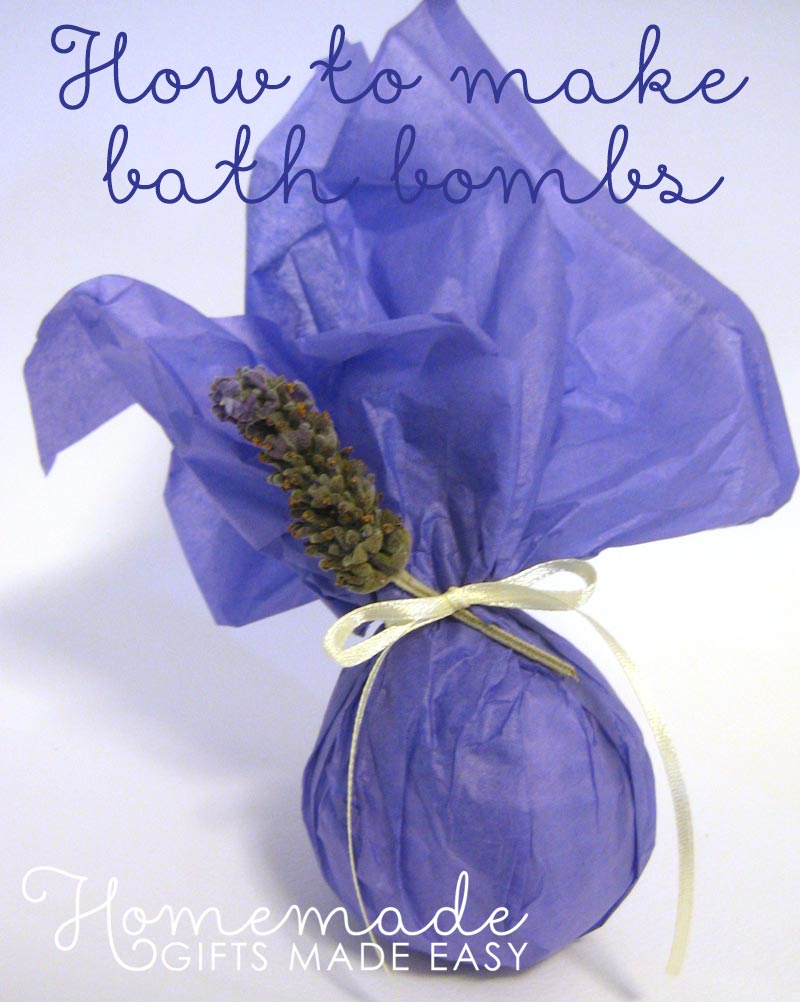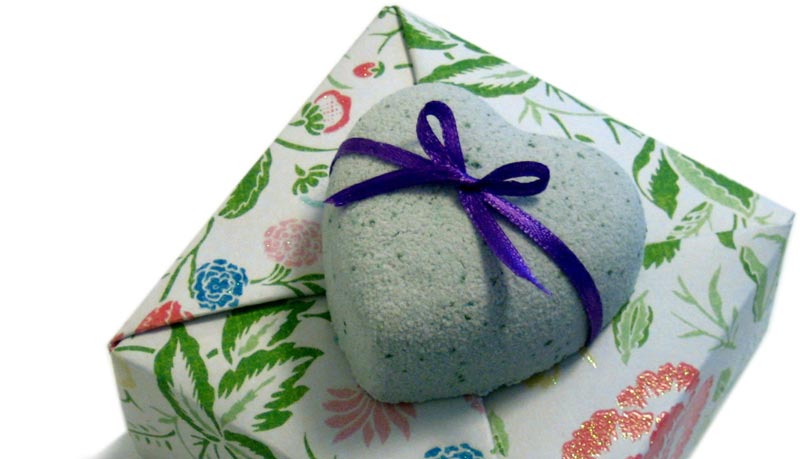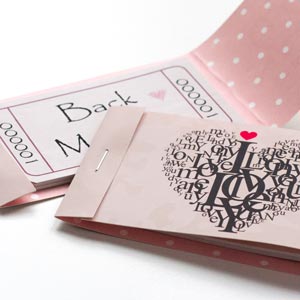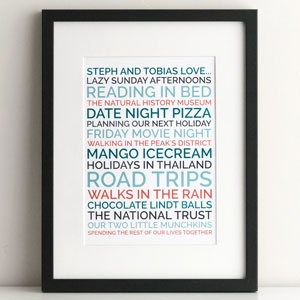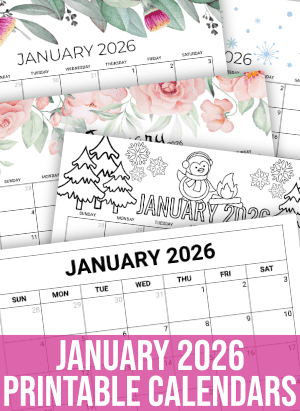How to Make Bath Bombs
Recipes for Homemade Bath Bombs
Want to learn how to make bath bombs that look great, smell delicious, and fizz wonderfully? We've got the full instructions here. Get ready for some bubble-licious bath bomb bliss!
There's nothing quite like that feeling when you first immerse yourself in a bath... your muscles relax and the tension fades away in your back and neck. A fizzy bath bomb is the icing on the cake. You drop it in the bath, it bubbles away, and the bath is fragrant with rose or lavender. Bliss!
Learning how to make bath bombs is pretty easy. But I must confess that my first experience was not so successful. I googled "making bath bombs" or "how to make bath bombs" or something like that. I found some instructions and followed them, but I ended up with a gooey melting mess.
Several batches later, I figured out how to make bath bombs reliably, and now I'd like to share what I've learned :-) You'll be making bath bombs of your own in no time!
Do I need special bath bomb molds?
No special equipment needed :-)
Don't let the lack of a mold get in the way of learning how to make bath bombs. There are plenty of things that work well as bath bomb molds.
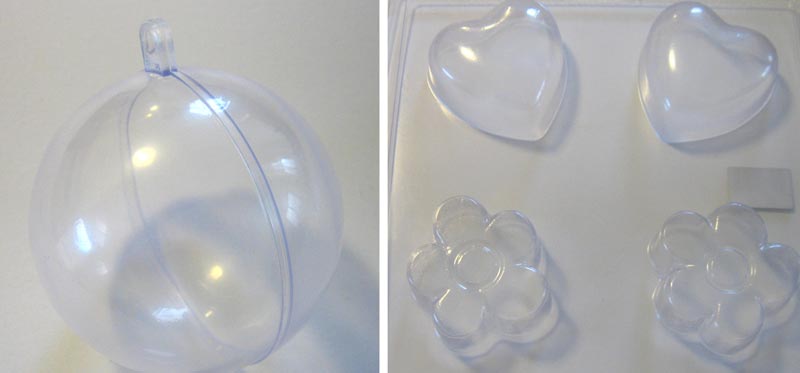
A handy mold for making spherical homemade bath bombs is a two-part, snap-together Christmas decoration (pictured above left). You can find one in a craft stores. Don't worry if you can't get hold of one though, because there are plenty of other things that work just as well.
Chocolate molds (pictured above right) work well, and come in nice shapes like hearts and flowers. You can find them in craft of cookware stores.
There are plenty of other things that work as improvised molds. For round bombs, you can improvise a mold by cutting a tennis ball in half. Other things that work well as molds are muffin trays, ice-cube trays, and shot glasses. Just hunt around your kitchen for a small receptacle of some sort.
In general, smaller bath bombs are easier to make than big ones. Big ones tend to crumble, whereas small ones seem to be more robust.
However, if you really want to buy a set of bath bomb molds, then you can find a large range of bath bomb molds on Amazon.
Bath Bomb Recipes
Now that you've got your mold, here are the other bits and bobs that you'll need to make bath bombs. You can find most of these in the grocery store.
Equipment
- Metal or glass mixing bowl
- Spritzer/spray bottle
- Gloves
- Bath Bomb Molds
- Sieve
Make sure you use a metal or glass mixing bowl rather than a plastic one. Plastic will absorb the smell of the essential oils. That's okay, I guess, but anything you put in the bowl in the future might pick up the fragrance too!
How to Make Bath Bombs: Ingredients
The ingredients below are enough to make approx 6 small bath bombs or 3 large ones:
- 1 cup (240 mL or 8 fl oz) citric acid - see below for advice on where to buy
- 2 cups baking soda
- 20-30 drops of essential oil - you might need more or less depending on the strength of the fragrance.
- 1 tablespoon of sweet almond oil, apricot oil, or olive oil (optional)
- 15-20 drops of food colouring (optional)
- A tiny bit of water
Notes: Baking soda can usually be found in the baking section of the supermarket. Baking soda is also called "bicarbonate of soda".
The tablespoon of oil is optional. It gives a lovely moisturising feel . Don't use almond oil though if you or the intended recipient have nut allergies!
To make nice colourful bath bombs , you can mix the basic food colours (red, blue, yellow) to achieve just about any colour you want. Purple is a little tricky. When I mix red and blue, I get... green! But then the bath bomb turns purple once it sets, so all is good :-) Just warning you, so you don't get a surprise!
Wondering what fragrances to use? Take a look at the
fragrance blend guide
on my
essential oil skin care
page (ignore the bit about carrier oils - it doesn't apply to bath bombs).
Where do I get Citric Acid?
A couple of people have written in to ask where they can buy citric acid. You can buy citric acid on Amazon, or else you can look in the baking or canning section in your supermarket (e.g. Walmart).
If you really can't find citric acid anywhere, then there is an alternative. One of our readers wrote in with this suggestion for how to make bath bombs using cream of tartar instead:
"I tried the recipe with
cream of tartar instead of citric acid
, and it works just as well. However, it is quite thick, so half the amount is needed - ie. 2 cups of baking soda, 1/2 a cup of cream of tartar instead of 1 cup citric acid. I hope this is comprehensible and helpful! Keep up the great work!"
~Eleanor
You can find cream of tartar in baking section of most supermarkets.
Ingredients not to use
- Borax:
- Please don't use this. Borax (sodium borate) is used as ant poison. If ingested, it's toxic to your liver and kidneys. Eating it can cause liver cancer. Even if you don't drink your bathwater (and I hope you don't!), do you really want to take a bath in this?
- Cornflour:
- Gives the water a nice "soft" texture and makes your skin feel nice... but it feeds yeast infections. I'd give it a miss!
Method For How to Make Bath Bombs
It's a good idea to work in small batches until you get the hang of how to make bath bombs. Scale the recipe down to 1/3 cup of citric acid and 2/3 cup of baking soda at a time. That will still be enough to make two small bath bombs per batch.
Ready? Put on your gloves, and here we go:
- Mix together citric acid and baking soda in a bowl . Make sure they're mixed thoroughly. I find that the easiest way to mix the two powders is actually to sift them back and forth between two bowls.
- Add essential oils, optional table spoon of extra oil, and food colouring . Mix rapidly with your hands before the mixture has a chance to fizz. The food colouring will make the mixture a bit clumpy, but you can re-powderise the clumps by rubbing them between your hands.
- Spray water onto the mixture a tiny bit at a time , and continue mixing. You probably need less water than what you think! Aim for a consistency where mixture is still pretty crumbly but will just hold its shape when you squeeze it hard in your hand.
- Pack the mixture tightly into your mold(s). If you're using a two-part mold like the Christmas decoration, then slightly overfill each half of the mold, and press them together tightly. Don't twist, just press. Tap the mold to release the bath bomb.
- Let your bomb(s) dry for a couple of hours in a warm, dry place. . Keep them out of direct sunlight though. I like to place the bombs in a little "nests" of tissue paper. It seems to help them dry better, and stops round ones from getting flat on the bottom.
- Use within a few weeks . They smell so good you'll probably want to use them straight away anyway! But it's important to know that they lose their fizzing power if they're kept in storage for too long. If you give one as a gift, make sure you tell the recipient to enjoy their relaxing fragrant fizzy bath sooner rather than later!
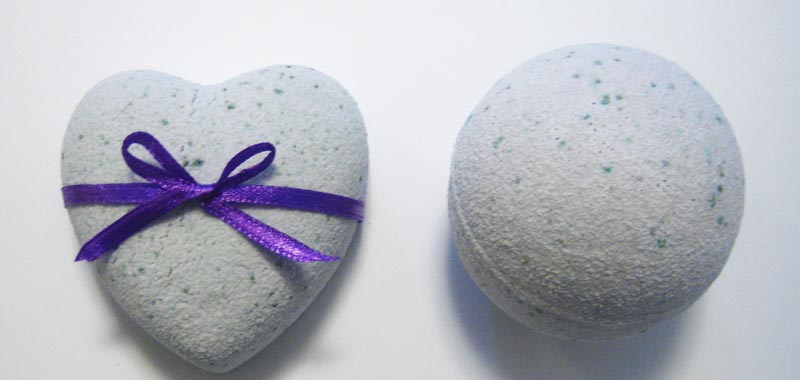
Troubleshooting & FAQ
Here are the questions I've been asked the most about how to make bath bombs. I hope you find the answers helpful! If you have another question then please ask me in the comments.
How many bombs does the recipe make?
The volume of powdered ingredients is about 3 cups, so that makes about 3 big ones (3 inches), or 6 small ones (2.5 inches). Or about 30 ice-cube sized ones, in case you want to make mini ones.
Why does my bath bomb crumble when I try to get it out of the mould?
This could be either because the mixture needs to be compressed more or because it's a little bit too dry. When you put the mixture into the mould, press it in really hard. It can also help to leave it in there a minute or two before you tap it out. If neither of these helps, then try spraying a tiny bit more water on to the mixture.
Why are my bath bombs swelling into blobs?
If your bomb seems to be mysteriously expanding, then you've added too much water and the fizz reaction has already started. You can rescue a too-wet mixture by adding more baking soda and citric acid - two parts baking soda for every one part citric acid. Next time try using less water.
Will the food coloring stain my bath tub or my skin?
No, I've never seen a problem with this. It gets so diluted in the bath that it's not a problem.
When I mix the food colours, why do they not make the color I expect?
Sometimes when you mix food coloring colors they don't do what you expect, e.g. you mix red and blue and they make green instead or purple. I'm not sure what the reason is but one way to get around it is to use soap colors instead, which you can buy on Amazon.
Can I put herbs or petals in my bath bomb? Yes! Just don't put them in a jacuzzi because they might clog the vents.
How do I stop the bottom of my bombs from going all flat?
Put them in a "nest" of crumpled tissue paper while they're drying. Or, let them dry in their moulds for a few hours before you take them out.
Can I use perfume / vanilla essence instead of essential oil?
Yes! You'll need to experiment with the amount.
Can I use cream of tartar instead of citric acid?
Yes! See the bit of the tutorial under "where do I get citric acid?". Basically you substitute 1/2 cup cream of tartar instead of 1 cup citric acid.
Can I use baby oil / coconut oil instead of olive oil?
Yes!
Does it matter what brand of baking soda / citric acid I use?
No. I just use the inexpensive supermarket brand.
How much is 1 cup?
Approx 240 mL, or 8.5 fluid oz. The recipe is pretty forgiving if you don't get the amounts of dry ingredients exactly right. The main thing to get right is to only add a *tiny* bit of water.
Can I add glitter?
Yes, but don't add too much or the bath will look like you killed a pixie (as one visitor put it). Try 1/8 of a teaspoon. The best type of glitter to use is "synthetic mica" glitter, which is made from natural minerals (not plastic) and won't pollute our oceans.
What's the shelf life?
Use within 6 months, and ideally within 2 months. They lose their fizzing power gradually.
Presentation
How to make bath bomb packagings and wrappings
Now that you know how to make bath bombs, I know you'll be wanting to wrap them up all nice and pretty!
A simple way to present your bath bomb is to wrap it up in tissue paper. For a lavender-scented bomb, a little sprig of lavender makes a nice touch!
Or you could make a gift box for your bath bombs using our easy origami gift box instructions.
More bath and body gifts.
I hope you enjoyed learning how to make bath bombs! Keeping with the bath and beauty theme, have a go at making bath salts . They're super quick and easy - much easier than bath bombs.
Other People Also Like...
Looking for another fabulous homemade gift idea? Check out our quick and easy printable gifts. So easy to personalize and print at home!
